Two-way radios have often been praised for the simplicity and reliability of their communication, which can be used in a great number of different situations. Whether it be on an outdoor activity, walking an event such as a marathon, or during a professional event, these tools allow you to communicate quickly and clearly without the help of a cell phone network. This article goes into further detail about how two-way radios work, when they’re most helpful, and when they’re best avoided. We’ll also share some tips for choosing the best one for your needs and how to use it.
Table of Contents:
1. What is a two-way radio?
2. How does a two-way radio work?
3. Benefits and drawbacks of two-way radios
4. How to choose a two-way radio
5. How to use a two-way radio
What is a two-way radio?
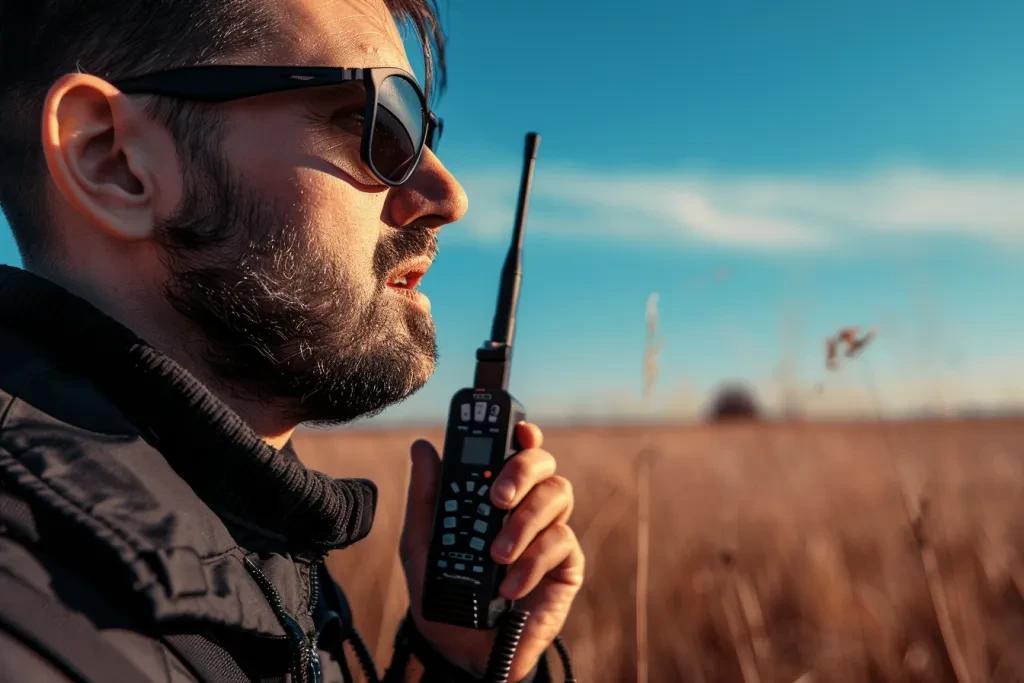
A two-way radio is a small, hand-held, portable device that allows a communication between people with audio technology. It can up and downlink or transfer information between two or more persons over a short to medium distance. It differs from a cell phone, as two-way radio equipment operates on a particular radio band and links without a network of cellular phones over an area with a spotty or inexistent mobile coverage.
How does a two-way radio work?
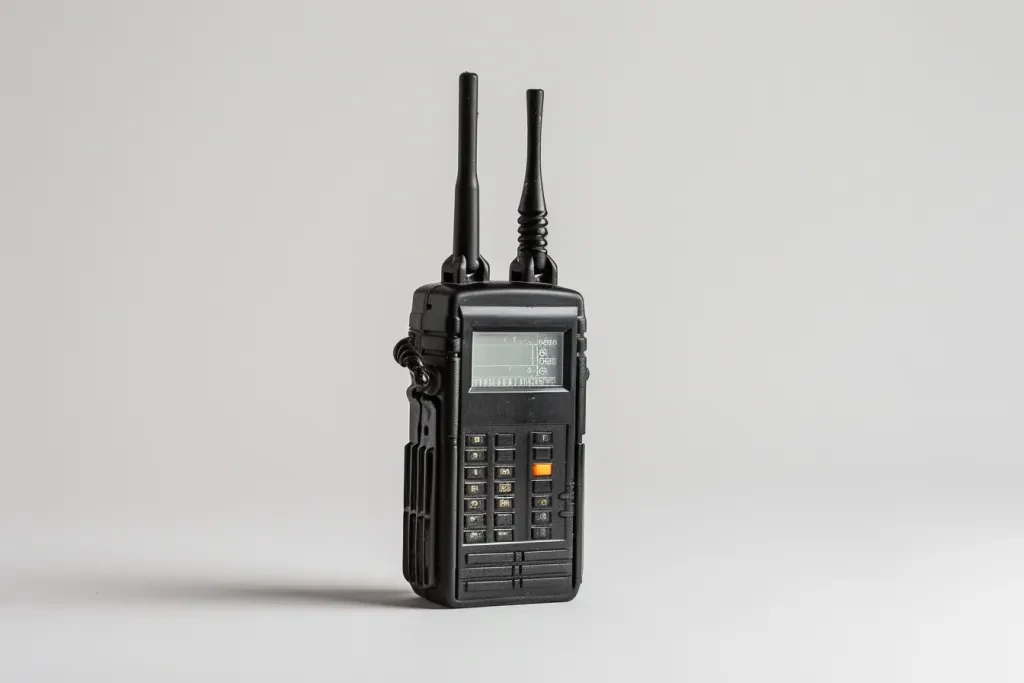
When using a two-way radio, your voice is converted into radio waves that are transmitted at a specific frequency or channel through the air to a radio receiver tuned to the same frequency or channel. You push a button called push-to-talk (PTT) for one person to talk at a time while others listen. The radio could operate on multiple bands such as marine, aviation communication (international), family radio service, business band (US) or Citizens Band (CB). Some of the higher-end radios allow programmable multiple channels and privacy codes to prevent others from interfering on the same channel. Some of the newer radios have global positioning system (GPS) capability.
Benefits and drawbacks of two-way radios
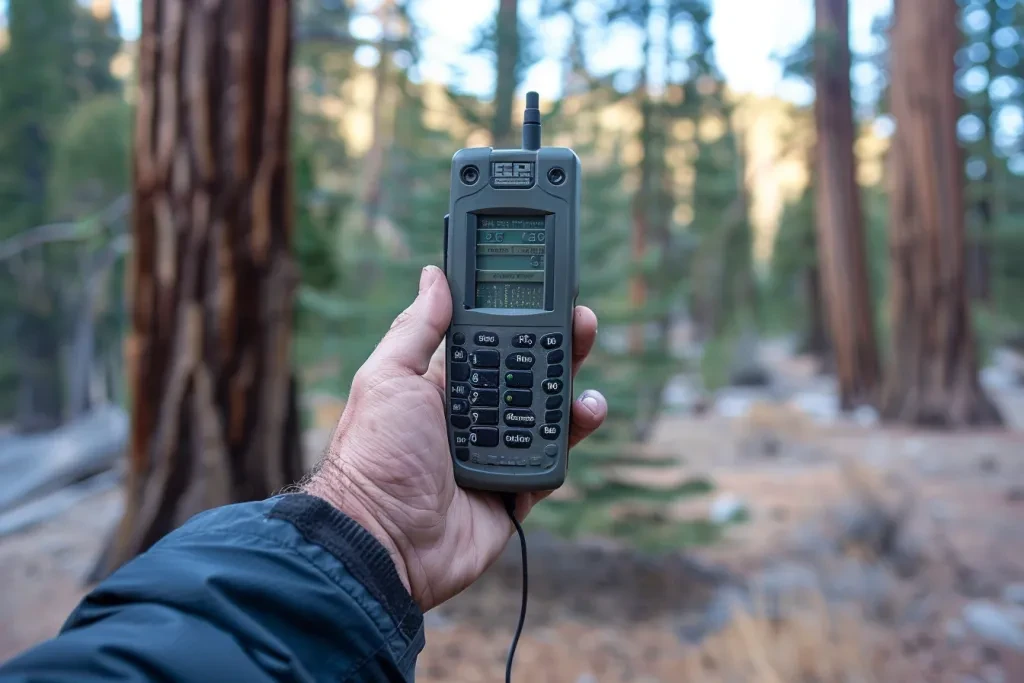
The advantages of two-way radios include reliability, cost-effectiveness and usability. Two-way radios are economical because they allow instant communication without a monthly service plan. They do not require a phone company and are therefore less costly than cell phones for businesses and groups that need to stay in touch. Their rugged design often weather rugged grounds and conditions making them a popular choice for outdoor enthusiasts or professionals. On the other hand, some disadvantages to having a two way radio is limited range. Because radio signals cannot travel through buildings or mountains, their range is limited to open spaces. These signals also have limitations and only work effectively if all parties are on the exact same frequency or channel.
How to choose a two-way radio
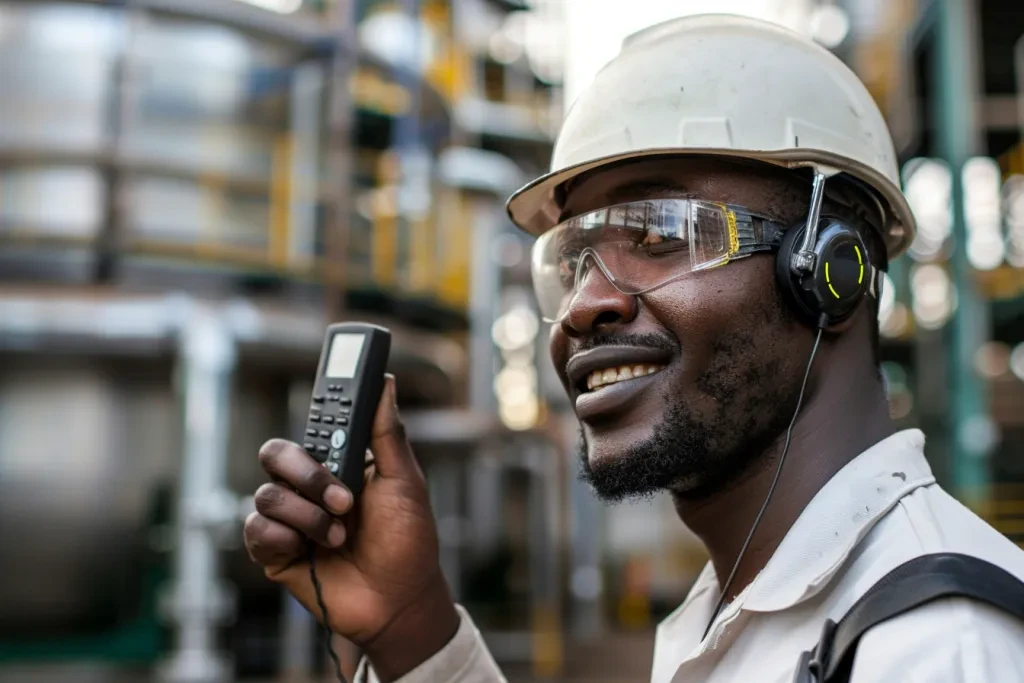
Range, battery life, size, weight and other features such as waterproofing or emergency signals are all trade-offs you need to consider before picking the right two-way radio. For anyone who needs to communicate over a wide area, the extra range that comes with high wattage might be worth getting a licence to operate. Digital radios also offer better audio clarity and more channels, but you’ll pay for these options. Identifying what you will use your two-way radio for and deciding where you’ll use it will likely point you in the right direction.
How to use a two-way radio
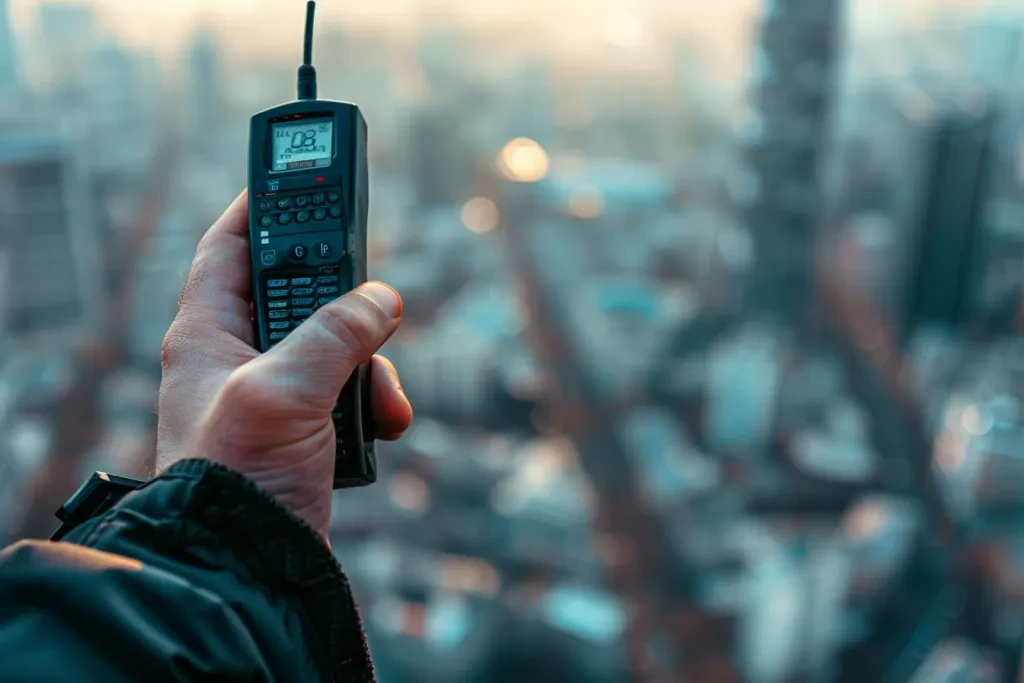
You use a two-way radio when your phone can’t connect to the network or when one-on-one conversation is too long winded. If your partner doesn’t understand, he or she will call you back. Using a two-way radio in the field takes some skill. Ensure that your device is operating and that you know the channels and frequencies for your operation. Remember to do a radio check before doing any business. Depress the PTT (Push to Talk) button. Wait one second. Speak clearly and succinctly as possible, and then release the PTT button to listen to your partner. As part of proper etiquette, use code words and phrases for brevity and professionalism, especially in the work environment.
Conclusion
Whether you want to communicate instantly on a personal adventure or professionally, or need to be prepared for an emergency situation, knowing how two-way radios work, their advantages and disadvantages, and how to select and use them properly will help you stay in touch in the most effective manner. Re-embrace the old-school sturdy two-way radio and unlock the world of instant communication.
This guide serves as your complete crash course in two-way radios, so that you can make the right choices and get the most out of these devices.




